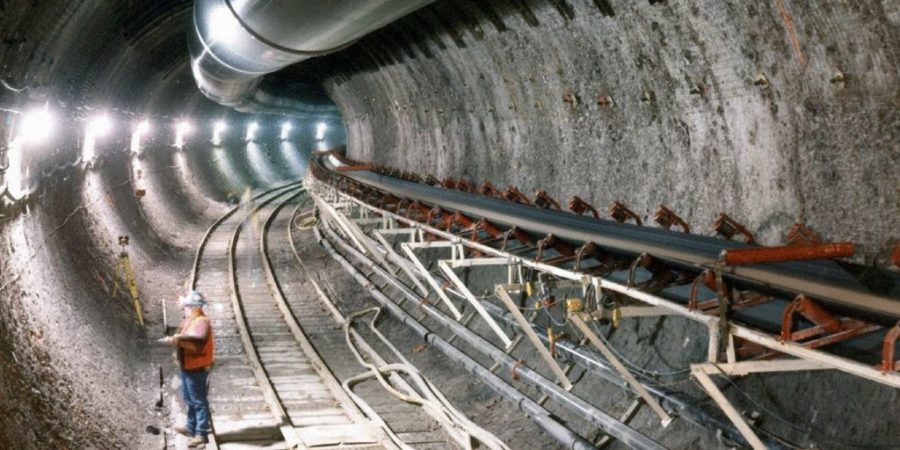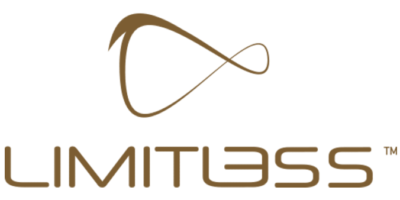Disclaimer: The views, suggestions, and opinions expressed here are the sole responsibility of the experts. No Pacific Daily journalist was involved in the writing and production of this article.
A new reactor recylcled nuclear waste will power

A week ago, the Department of Energy gave a business organization the green light to test fuel produced using spent uranium.
Idaho National Laboratory spreads across about 900 square miles in the southeastern corner of its namesake state. Home to America’s first atomic force plant, INL has filled in as the demonstrating reason for the fate of atomic vitality innovation for quite a long time. En route, the lab has created several tons of uranium squander that is never again effective at delivering power. The spent fuel dwells in transitory storerooms while legislators duke it out over where to cover it.
A large portion of this spent fuel will presumably wind up underground, despite the fact that where and when are open inquiries. Notably, many individuals aren’t excited by having atomic waste covered in their lawns. However, probably a portion of the spent fuel may have another opportunity at life taking care of cutting edge atomic reactors that will be littler and more secure than their antecedents. For as long as year, researchers at INL have begun reusing spent uranium to meet the fuel needs of another age of little business reactors.
A week ago, INL tapped the atomic vitality startup Oklo as the principal organization to access its supply of reused uranium fuel. Oklo’s reactor, known as Aurora, will be a great deal not quite the same as the reactors on the network today. Every one of America’s 96 atomic reactors are housed on rambling grounds and are equipped for giving somewhere in the range of 600 to 4,000 megawatts of intensity.
Aurora, in the interim, will seem as though a little An outline lodge and create simply 1.5 megawatts. Oklo’s reactor additionally leaves from inheritance atomic frameworks in its fuel of decision. Known as “high-assay, low-enriched uranium” or Haleu, this fuel packs more vitality into a littler bundle.
In nature, uranium mineral for the most part comprises of the isotope uranium-238 and a sprinkling of uranium-235. Just uranium-235 can continue the parting response that makes atomic reactors tick, so transforming the metal into usable fuel requires isolating the uranium-238 out in a procedure called advancement.
Today, all the atomic reactors in the US just use fuel advanced to under 5 percent, yet Haleu fuel is improved to somewhere in the range of 5 to 20 percent. The prime supporter and CEO of Oklo, the fuel utilized in Aurora will be at the higher finish of that extend.
“The cool thing about advanced reactors is you can go to those higher levels of enrichment and make things smaller, which helps drive the economics of the system,” says DeWitte. “It’s exciting that they’re making this material available for us to use that isn’t otherwise being produced by US suppliers right now.”
INL’s choice is a major advance forward for Oklo and progressed atomic vitality frameworks as a rule. The lab is as of now the main office in the US fit for delivering Haleu fuel, which implies any progressed atomic framework that utilizes the fuel must make sure about the lab’s favoring before it can start exhibiting its reactor.
Oklo is right now setting up an application to construct its first Aurora reactor and plans to submit it to the Nuclear Regulatory Commission for audit one month from now. DeWitte says they expects the endorsement procedure to take two years and development of the reactor to take another. Accepting everything works out as expected, Oklo’s Aurora would be the principal American reactor to run on Haleu got from spent atomic fuel.
DeWitte says the Aurora show reactor will require a few thousand pounds of Haleu fuel. It’s a difficult task thinking about that until a couple of months prior, the fuel was viably nonexistent in the US. INL gauges that it has enough spent atomic fuel nearby to deliver up to 10 metric huge amounts of Haleu.
Following a time of reusing the spent fuel, the lab has delivered more than 1,000 pounds of close fuel-grade material, yet Jess Gehin, boss researcher at INL’s atomic science and innovation directorate, hopes to build this creation rate as the lab refines its procedures.
INL is utilizing spent fuel from the Experimental Breeder Reactor-II, an atomic force station that gave power to a significant part of the lab for about 30 years and furthermore utilized reused fuel. To transform the reactor’s spent fuel into Haleu, INL researchers first separate the uranium-235 from undesirable components, for example, plutonium, created during the reactor’s activity. This includes absorbing the spent fuel a shower of liquid salt and afterward destroying the invention with a major portion of power to warm it to almost 1,000 degrees Fahrenheit.
Since the uranium-235 utilized in the Experimental Breeder Reactor was enhanced to 67 percent, it should likewise be mixed to carry it to advancement levels beneath 20 percent by blending the uranium-235 with different isotopes that can’t be utilized as fuel. At long last, the downblended uranium-235 is changed over into little pucks only a couple of centimeters over that can be utilized as feedstock for the fuel creation process.
“The cool thing about advanced reactors is you can go to those higher levels of enrichment and make things smaller, which helps drive the economics of the system,” says DeWitte. “It’s exciting that they’re making this material available for us to use that isn’t otherwise being produced by US suppliers right now.”
The National Energy Institute predicts that by 2030 America’s yearly interest for Haleu fuel will be multiple times bigger than it is today, determined generally by the extension of cutting edge business reactors like Oklo’s Aurora. INL won’t have the option to supply this fuel all alone, nor was it intended to. Its main responsibility is to deliver enough of the stuff to permit Oklo and different organizations taking a shot at cutting edge atomic vitality to show their reactors. To really satisfy the flood in need, the US will require a powerful business production network.
A year ago, Department of Energy authorities reported they had granted the atomic vitality organization Centrus a $115 million agreement to launch the business creation of Haleu fuel at the Centrus uranium advancement plant in Ohio. Recently, the division gave another atomic vitality organization, BWX Technologies, a $3.6 million agreement to create the fuel, which BWX plans to convey by 2024.
In contrast to Idaho National Laboratory, these organizations will improve uranium to deliver Haleu instead of downblending profoundly enhanced uranium from spent atomic fuel. Despite the fact that Oklo’s reactors can run on reused atomic fuel, the principal units to hit the network will very likely be controlled by crisp uranium fuel.
CEO of BWX Technologies, advancing uranium to deliver Haleu fuel is the main manageable path forward. “Using spent fuel is really only good for a limited number of reactors,” says Geveden. “The nation’s going to need enrichment capability again.”
Mario Ferrari is a prolific writer, He is a seasoned writer. He has written many short-stories and poem for newspapers and magazines. He has a passion for creating new websites for online marketing. He has bachelor’s degree in M.C.A from New York. Mario Ferrari has won multiple awards for his excellent writing.
Related News

THE KETO DIET MEAL PLAN HAS MET ITS MATCH
Spread the loveWeight loss is made to seem easy since all it requires is exerciseRead More

Study reveals new insight into the role of ocean ice in controlling climatic carbon levels
Spread the loveAnother study has featured the urgent job that ocean ice over the SouthernRead More